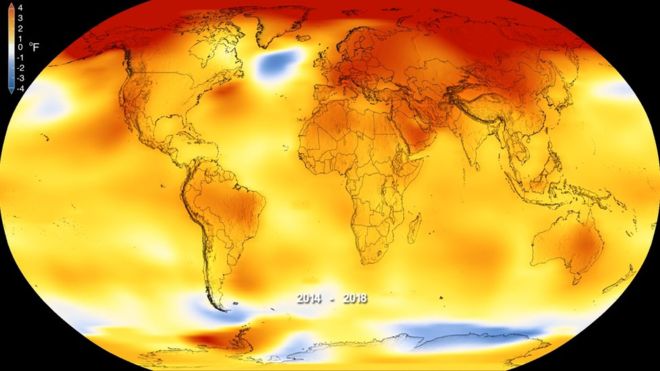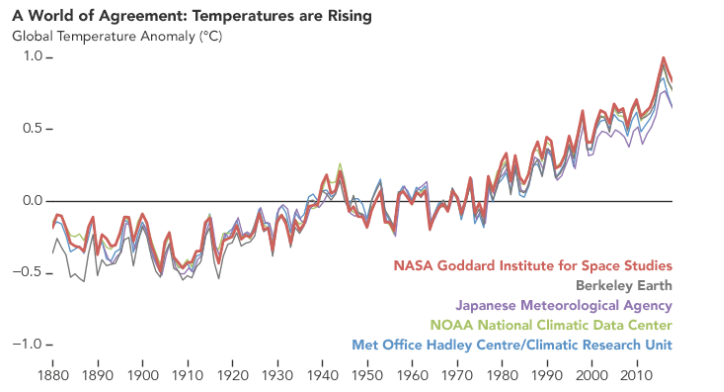Children in general have a curious mind and so many questions. Exactly how scientists should be. Therefore, science communication must reach our kids. Kids are the future and we want a future with exciting scientific discoveries. So, it was amazing to find the work of the Frontiers for young minds. Christell Van Der Vyver and Shaun Peters wrote a post about plants and climate change using illustrations from Mind the Graph.
The infographics they created are simple, beautiful and easy to understand.

“Have you heard people speaking about global warming and climate change? Do you know what these terms mean? These terms basically imply that the earth is getting hotter every year. These higher temperatures lead to unexpected and unusual weather patterns. One of these extreme weather patterns is frequent and severe droughts. Droughts are very long dry periods without any rain. What do severe droughts mean for plants? Well, plants are sessileAn organism that can’t move and stays in one place, like a plant., which means they stay in one place and can’t move around like we can. They can’t pull up their roots and relocate to a shady or damp spot. Therefore, plants somehow need to deal with these ever-increasing drought conditions, or they will simply die.”


The post How Do Plants Deal with Dry Days? is a great example of how science can be accessible for everyone. I strongly believe that and I am happy to see Mind the Graph being a part of this.
If you liked the infograhics and want to make beautiful graphical abstracts easily, try Mind the Graph for free:

Subscribe to our newsletter
Exclusive high quality content about effective visual
communication in science.





